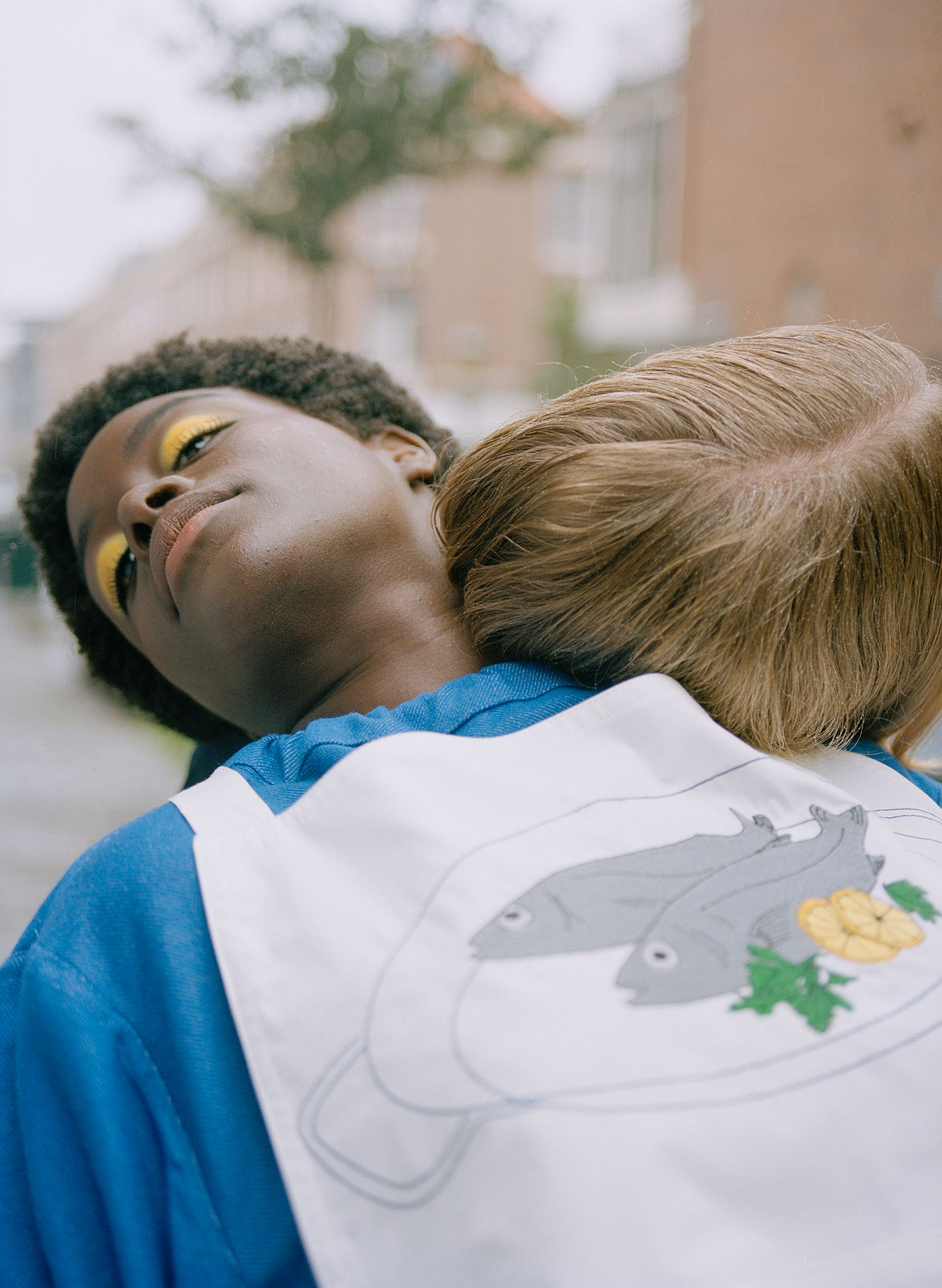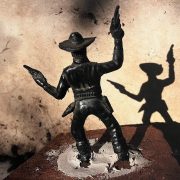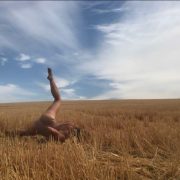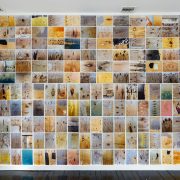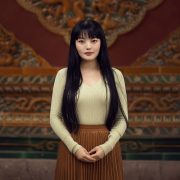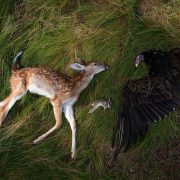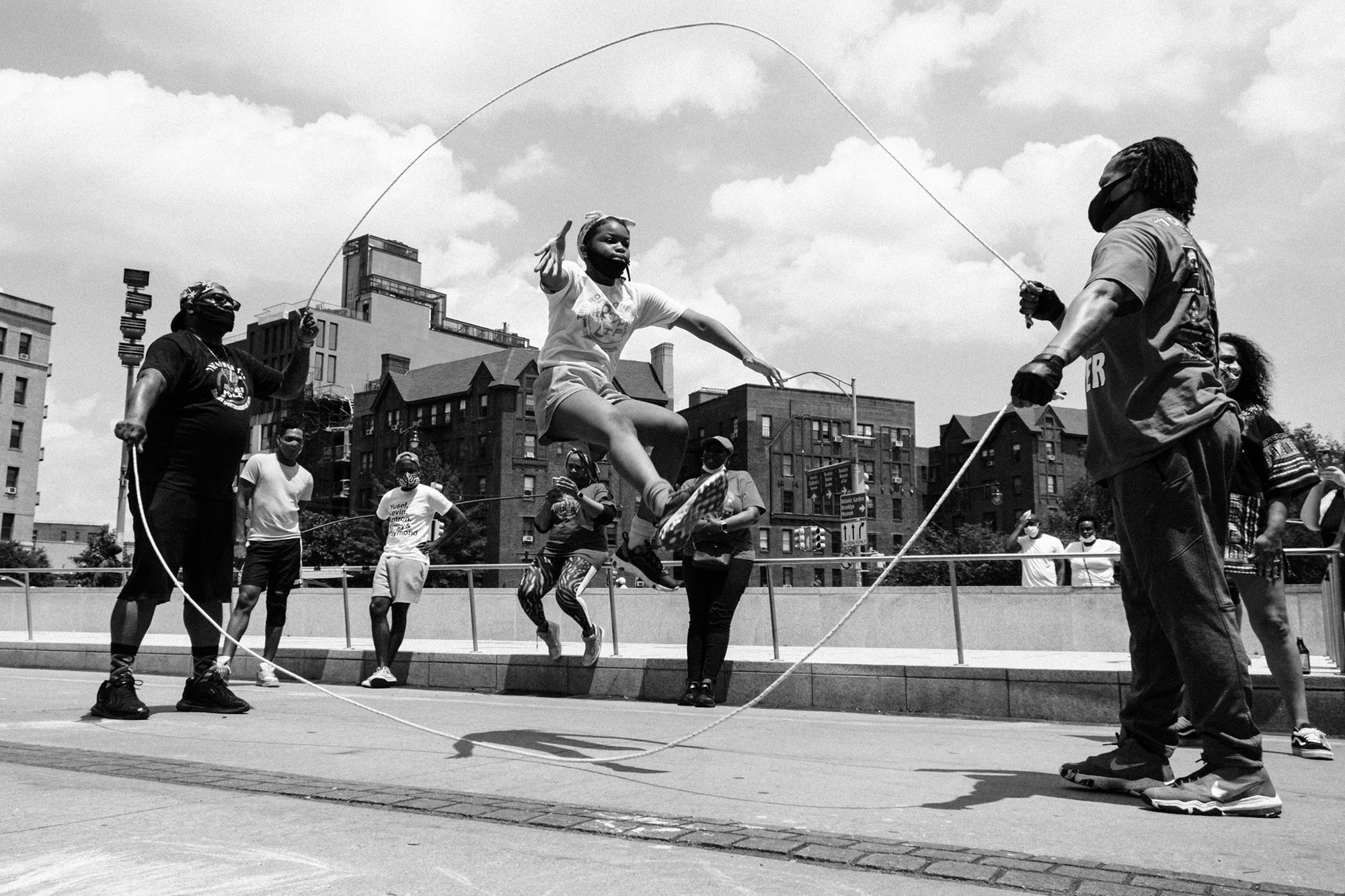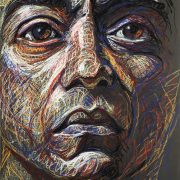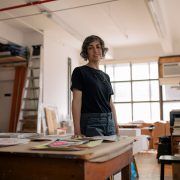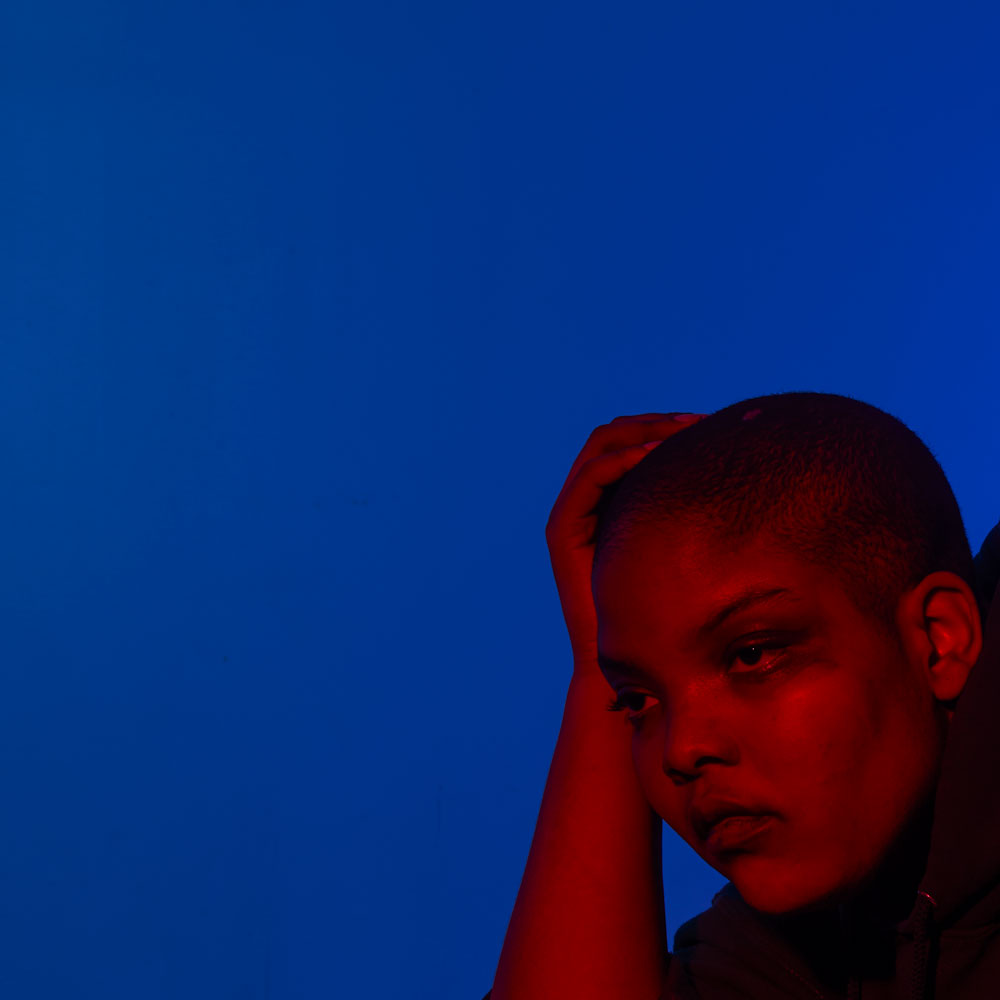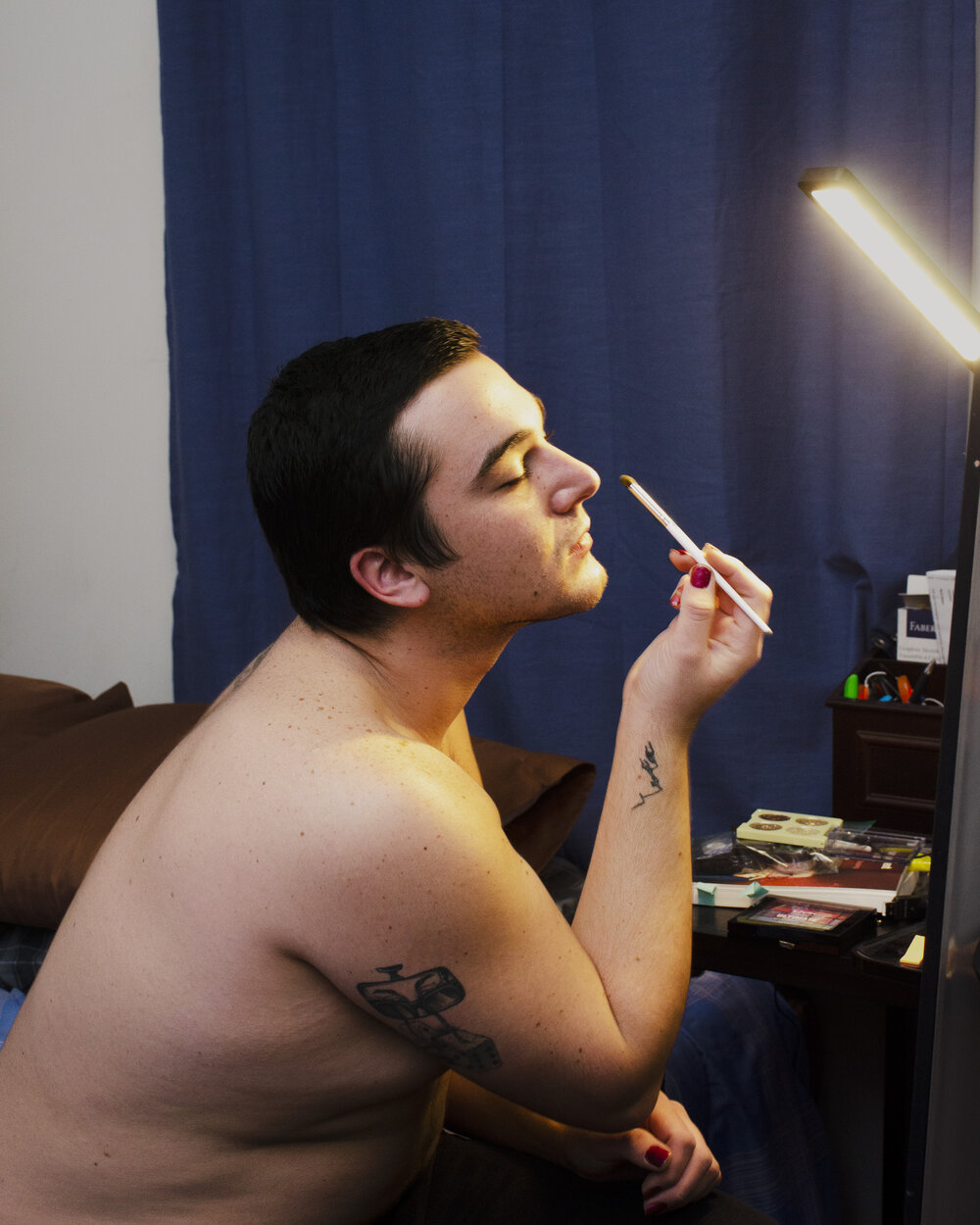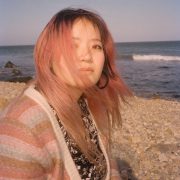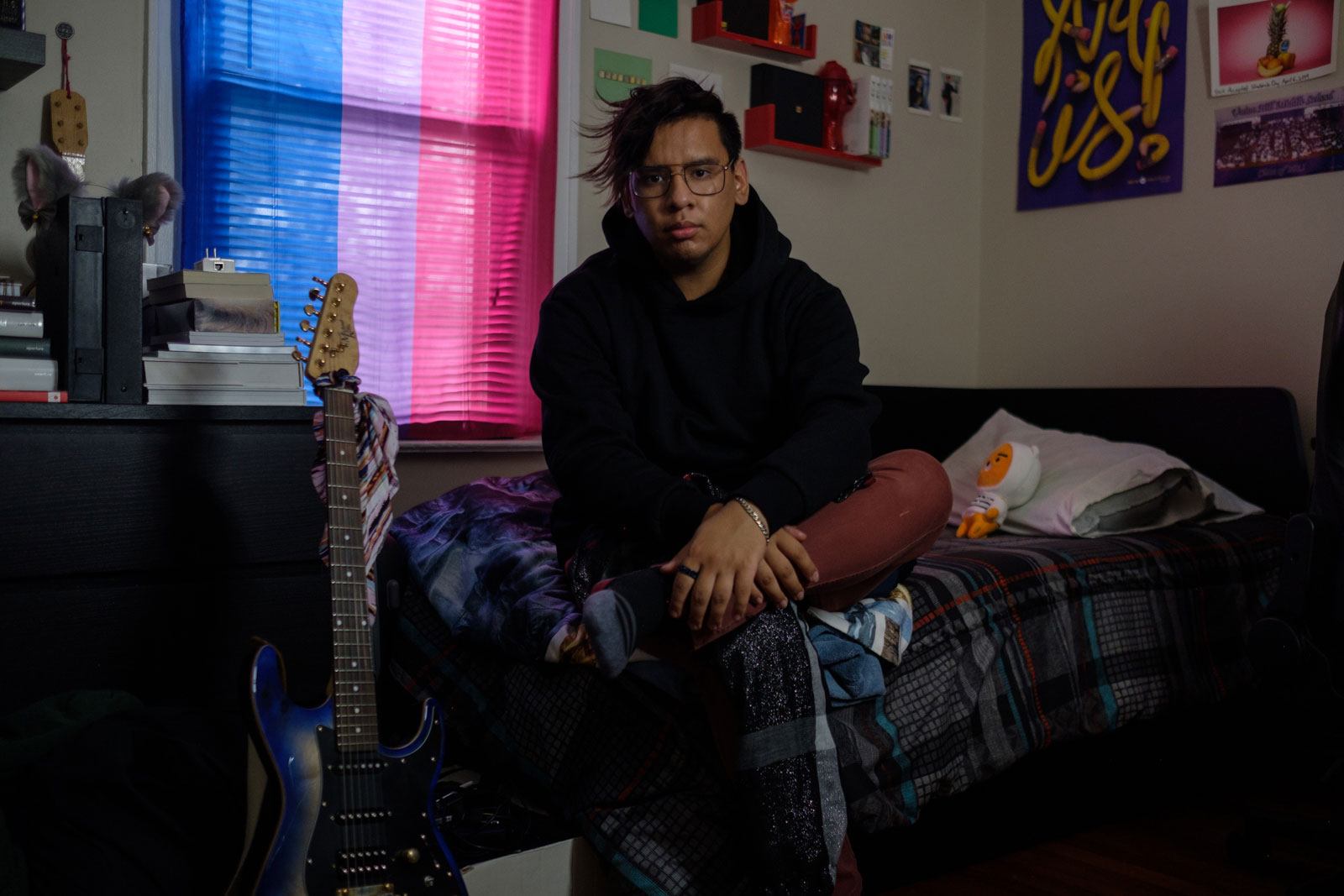
In Conversation with Melissa Schriek
Dutch photographer Melissa Schriek talks in great detail about her journey from photojournalism to art photography. This is a story about a supremely talented photographer who faced a fork in the road at the start of her career. We dive into how documentary work shaped her vision, the tensions she felt as she was finding her voice, and how she’s making art now, during the pandemic.
Her body of work The City is a Choreography has earned her commissions with fashion labels and features in It’s Nice That, Ignant, and The Daring, among others.
“It doesn’t matter what your subject is. You making the work about the subject will make it unique.” — Melissa Schriek
From Documentary to Art Photography
Imagine the path you walked is no longer right for you. What do you do?
We meet Melissa past the crossroads and we dig into the why, the how, and the what of it all.
She’s deeply inquisitive and started out as a photojournalist to document the world around her. She studied documentary photography at the Royal Academy of Art in the Netherlands. Turns out, midway through her degree she realized that aspects about the work didn’t feel right for her. She preferred to construct situations, “I wasn’t interested in reality anymore.”
Even though her support system was set up for documentary work, she decided to follow her curiosity and shoot what she wanted. Her foundation in documentary work carries into the setups she’s creating now.
For example, while dancers pose she runs towards them and covers every angle. She shoots on the street where it’s unpredictable. Photojournalism taught her adaptability, how not to be a static photographer.
This is when her work started to resonate with people:
“From that moment on, I thought, I’m going to do whatever I want. I’m going to make the weirdest, craziest things. Nobody’s going to understand it, but at least I’ll be happy. So I started making whatever I wanted.
Only then did people see my work. I got messages from people who saw something in my work that I never meant to make. I thought that was so beautiful, that it could mean something to somebody. That helped me regain trust in myself.”
Empathy
Melissa says there’s inherent hierarchy in photography. She has a big responsibility towards the people she photographs. One image of one moment can paint a permanent picture of someone for an audience who wasn’t there to witness that moment.
How do we reconcile that?
She takes this sensibility into her setups today. Before she even started her series The City is a Choreography, she did street performances and filmed them to study people’s reactions. Now, she gets in the position of the dancer before they pose. Embodying the shape they make helps her feel what they feel.
“I find it very important to be in the position of the dancer, of the person I photograph because it feels a bit more humble. Otherwise, it feels more like I’m the director. I want to work together. I want to know how they feel. I want to be on the same level.”
Getting Started
Because she’s not an over-thinker, Melissa’s quick to get ideas out of her head and into the real world. So she produces a lot. How does she do it?
She talks about writing ideas down. Starting really small, perhaps with one sentence. She makes things about that one nugget of an idea and builds out from there.
Like many people, she’s been isolating at home during the pandemic. Being constrained is actually liberating her to create new types of artwork and embrace more primitive ways of working. We talk about painting over photos, making clothes by hand, collaging, all without overthinking:
“I’m just making. When I’m going to sleep, I have pictures of it in my mind. And when I’m under the shower, I have pictures in my mind and I draw them. After I’ve made it, I’m going to think about it, reflect on it, try to understand what it really means. But not while making it.”
It’s a powerful moment when describes sewing clothing to create silhouettes of two people:
“Maybe it has to do with a longing for other people right now. Longing for a physical connection. It feels very nice to work on something physically, created in your hands right now. With analog photography, you always have to wait. Everything around me feels so now, so present. I want to do things that are immediately visible. Fashion, painting, even though I’m not very good at it. I’m just starting, so I can see what happens.”
Resources
Human Connection Through The Eyes Of Melissa Schriek
About Melissa
Melissa explores relationships between individuals and their environment through both observation and staging. Her work explores the border between staged and documentary photography. She sees the camera as a powerful tool where fact and fiction can work together to explore modern, social issues.
Her commissioned work includes campaigns for French Toast Studio, HENK, Picter, Lizzy Stuyfzand, MBO Amersfoort, NRC newspaper, The Resurrection, Timon Krause, Stichting Likeminds, KABK, Tony Ta, Grafisch Ontwerper Jan Egbers, Textile designer Stella Hyunji Kim, Chiron Floris, Hard//Hoofd, Sunny on the road, UPMOST. Find her at melissaschriek.cargo.site and @melissaschriek
Ioana Friedman is an art director and Editor in Chief at The Daring. She’s led digital creative at Estée Lauder Companies and e.l.f. Beauty and has served in a creative capacity at Magnum Photos and powerHouse Books.


